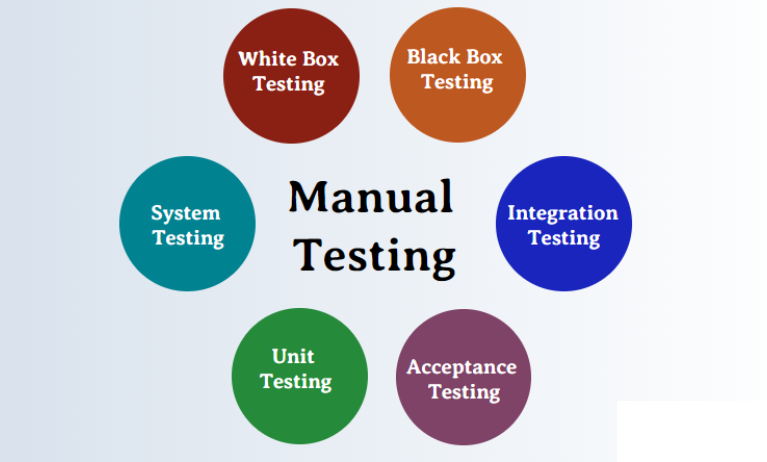Data modelling used to be as simple as outlining procedures in plain text or drawing a simple diagram. Thankfully, those times are behind us.
A good business analyst these days is equipped with a wide range of tactics and visual modelling approaches to aid in driving effective project outcomes.
What is a business analysis model?
In simplest terms, a business analysis model describes the steps it takes to finish a certain process, such as placing an order for a product or onboarding a new employee. Process modelling (or mapping) is essential for enhancing process effectiveness, training, and even regulatory compliance.
BAs utilise a range of visual models to map and analyse data due to the diversity of processes, organisations, and activities inside a business.
A good online BA certification course will fully explain the concepts of Business analysis models, but take a look at these seven essential business analysis models to include in your toolbox.
1.Activity diagrams.
A specific kind of UML behavioural diagram that illustrates what must take place in a system is called an activity diagram. They are very helpful for outlining and explaining procedures to business and development team stakeholders.
To map the process of signing into a website or finishing a transaction like withdrawing or depositing money, a BA may use a UML diagram tool like Lucidchart to build an activity diagram.
2.Feature mind maps.
Business diagrams aren’t merely for documentation or analysis in the late stages. They are helpful in the early stages of a project’s brainstorming process as well. Feature mind maps assist BAs in organising the occasionally disorganised brainstorming process so that concepts, issues, and requests are precisely recorded and organised.
This visual makes sure that the original information and concepts don’t get lost, allowing you to later make decisions regarding the project’s direction, objectives, and scope with confidence.
3.Product roadmaps.
A product (or feature) roadmap describes how a product is developed and released along with all of its features. They are a concentrated examination of a product’s development that aids developers and other stakeholders in concentrating on tasks that directly benefit users.
Product roadmaps are beautiful because of their adaptability and a wide variety of uses. To demonstrate various information, BAs might develop several product roadmaps, including:
- Maintenance and bug fixes
- Feature releases
- High-level strategic product goals
Product roadmaps are useful tools for other teams, like sales, even if development teams frequently use them internally.
Sales can provide correct, up-to-date information to their prospects and clients by staying on the same page as the developers’ thanks to a clear product overview and timetable. Due to its adaptability and widespread use by teams and organisations, product roadmaps are a core part of an analyst’s toolbox.
4.Organisational charts.
An organisational chart shows how a company’s departments or teams are organised. Employees can rapidly comprehend the company’s organisational structure by using these reference charts to swiftly identify important parties and points of contact for projects or inquiries.
Organisational charts are also helpful for analysing stakeholders and modelling new teams and groupings after organisational changes.
5.SWOT analysis.
An essential weapon in a BA’s toolbox is the SWOT analysis. Strengths, Weaknesses, Opportunities, and Threats are referred to as SWOT. A SWOT analysis determines a company’s possibilities and threats as well as its strengths and weaknesses.
SWOT analysis aids stakeholders in making business-related strategic decisions. The objective is to maximise advantages and strengths while minimising the negative effects of weaknesses and threats, whether internal or external.
From the standpoint of visual modelling, SWOT analysis is quite simple. In a typical arrangement, there are four boxes or quadrants (one for each category) each with a list of results in a bulleted format.
6.User interface wireframe.
The user interface wireframe is another crucial business diagram. Teams of programmers create wireframes, also known as mockups or prototypes, to visually plan and design a screen’s layout. Wireframes are, in other words, a website’s or software program’s building blocks. They aid interested parties in evaluating their navigational requirements and expertise for an effective practical application.
Wireframes can be either low-fidelity or high-fidelity prototypes in terms of detail. The simplest wireframes, known as low-fidelity wireframes, just depict the screen’s basic structure. High-fidelity wireframes, which reflect how the final implementation should appear on the screen, are often created in the latter design stages and include specific UI elements (such as buttons, drop-down menus, text fields, etc.).
7.Process flow diagram.
A process flow diagram (PFD) can be used in other fields to explain an organisation’s operations to stakeholders. Chemical and process engineering typically uses PFDs to identify the fundamental flow of plant processes.
The ideal uses for a PFD are:
- Record a procedure.
- To make alterations or improvements, research a process.
- Increased stakeholder understanding and communication.
These diagrams don’t annotate minute process details; instead, they concentrate on big, high-level systems.
Conclusion
Effective data modelling is necessary for the business analyst’s (BA) job in addition to competent data analysis. The proper visual model simplifies data and enables stakeholders at all levels to quickly recognize and comprehend project strategies, links, and responsibilities. If you want to learn more about Business analysis models, check out the online BA training.


























